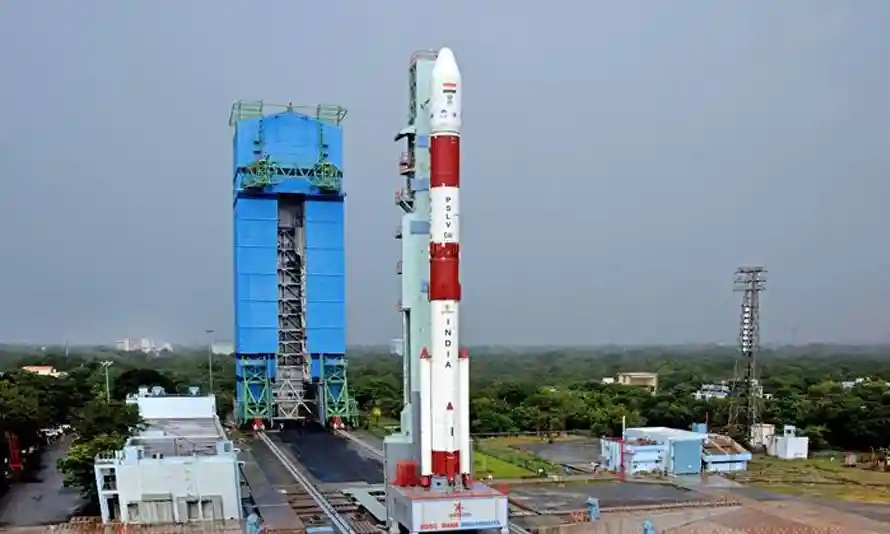ISRO’s XPoSat, India’s inaugural X-ray polarimetric mission, records initial light from Cassiopeia A supernova remnant. The mission, launched on January 1, 2024, carried two instruments: POLIX focusing on X-ray polarisation and XSPECT for continuous soft X-ray studies.

India’s maiden X-ray polarimetric mission, XPoSat, under ISRO, has achieved a significant milestone by capturing the first light from the Cassiopeia A (Cas A) supernova remnant. Launched on January 1, 2024, XPoSat is designed for in-depth studies of celestial X-ray sources, including black holes, neutron stars, and more.
XSPECT Payload’s Success in Cassiopeia A Observation
The XPoSat mission, featuring two aligned instruments – POLarimeter Instrument in X-rays (POLIX) and X-ray SPECtroscopy and Timing (XSPECT), successfully observed Cassiopeia A during its performance verification phase. XSPECT, developed by UR Rao Satellite Centre, engaged in continuous spectral and temporal studies, capturing emission lines corresponding to various elements in the supernova remnant.
Supernova: Insights into Cosmic Explosions
A supernova, the explosive end of a star’s life, holds cosmic significance. XPoSat’s XSPECT revealed emission lines of elements like Magnesium, Silicon, Sulphur, Argon, Calcium, and Iron, providing vital information about the composition and dynamics of the Cas A supernova remnant. This observation enhances our understanding of high-energy phenomena in the universe.
Challenges and Triumphs of XPoSat
Despite delays in XPoSat’s launch due to technical issues, the mission has proven successful in its early observations. XSPECT’s comprehensive spectral analysis contributes to unraveling cosmic mysteries, showcasing India’s growing prowess in space exploration.
NASA’s Perspective on Cassiopeia A
Cassiopeia A, a captivating celestial object within the Milky Way, has also attracted NASA’s attention. Recently observed by the James Webb Space Telescope, Cassiopeia A’s near-infrared imagery provides unprecedented details of the stellar explosion. NASA compares it to a festive ornament, shedding light on the intricate structures within the supernova remnant.
Scientific Importance of Supernova Studies
Supernovas serve as cosmic rulers for measuring distances in space and offer insights into elemental origins. XPoSat’s extended observations aim to contribute significantly to humanity’s knowledge of high-energy cosmic phenomena.
In summary, ISRO’s XPoSat mission marks a significant stride in India’s space exploration journey, capturing the cosmic brilliance of a supernova and contributing to the global scientific understanding of celestial dynamics.
Hi…Just have a look at this also!






